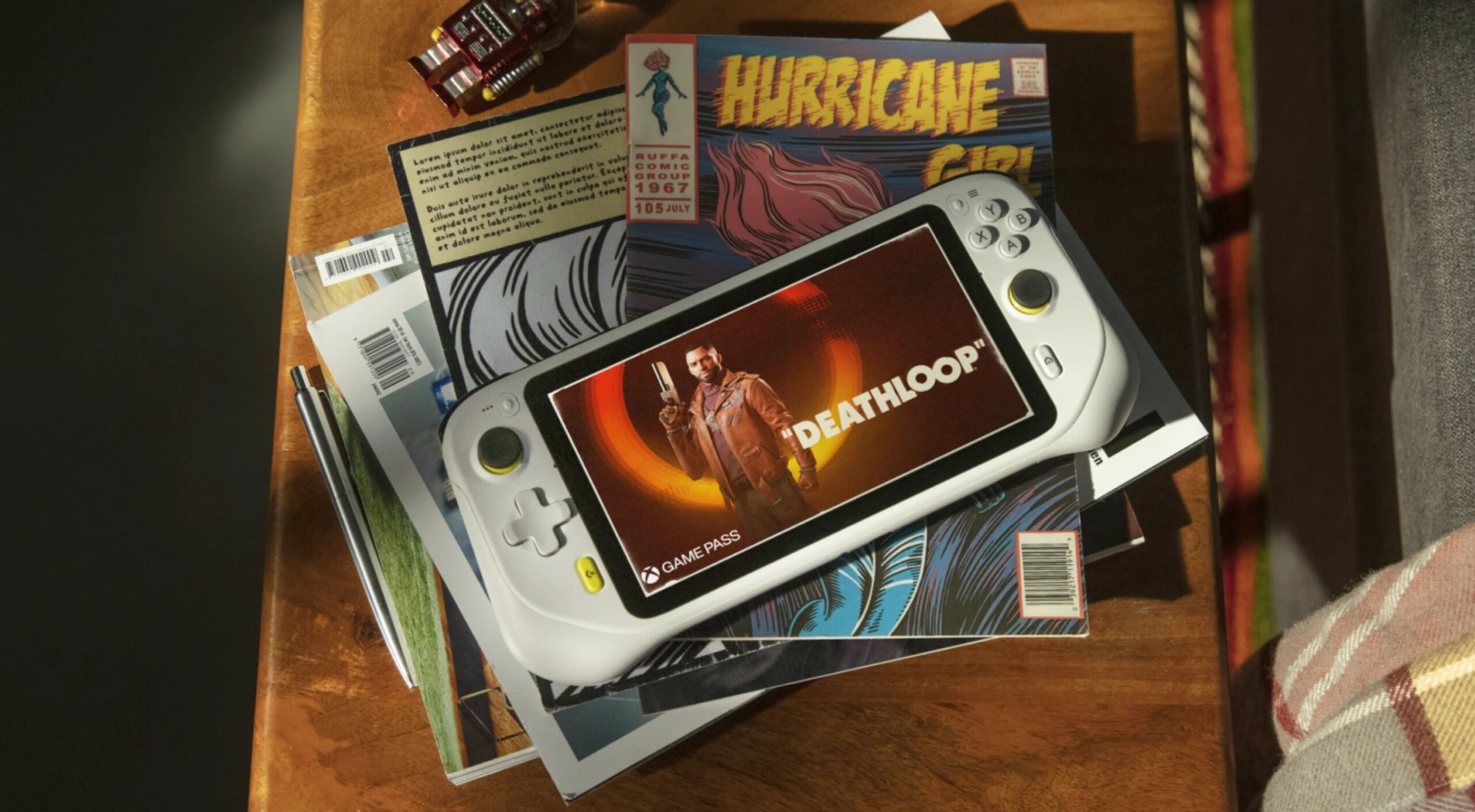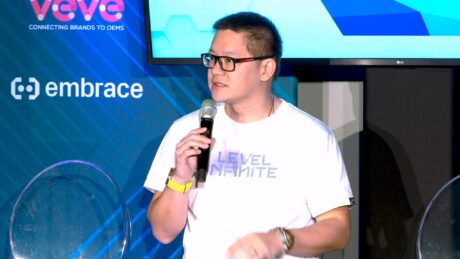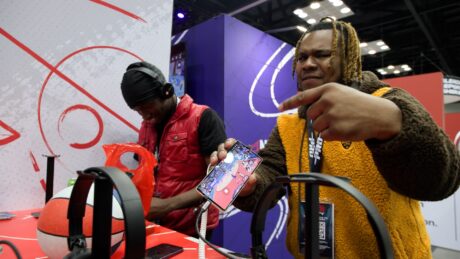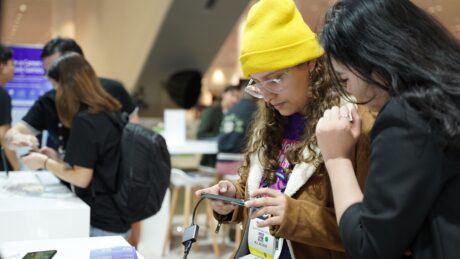Founded back in 1981, Logitech has deep roots in video games, especially in the hardware arena under the umbrella of Logitech G. A big part of what the brand invests in is driven by the research of the market and their customers, and that knowledge and insights are what led to the genesis of the Logitech G Cloud gaming device.
“We realized this really interesting insight that people were playing games in different little zones in their homes. And it was this idea of like multi-modality that you could sort of take your game and move it somewhere else. A lot of our customers were actually kind of moving from the desk to the couch to maybe a different room,” said Ahmed Riaz, Global Head of Design at Logitech G.
“And just like that idea of like finding the zones within your house, or even if you go to a different place, finding a zone to game, that was sort of the big insight. And this was the early days of cloud gaming. Then we started noticing that other technologies were coming in that were going to allow that to happen as well. That felt like a wonderful intersection of things coming into play. And so we thought, let’s lean into this and build something that we thought could be the perfect cloud gaming device.”
Cloud gaming is not a new idea, originating in the early 2000s, but with the advent of improved technology, it has been elevated to a viable and comparable option for players. The likes of NVIDIA, Sony, and Microsoft being in the space shows an industry interest in pursuing this idea to the end.
While Logitech G set out to realize its own vision of a cloud gaming device, a handheld wasn’t always the end goal. The company wanted “to be where our customers are” which spawned this idea of the handheld feeling like the most seamless solution. Such an endeavor meant partnering up with the right folks could make the journey easier, which is where Tencent Games comes in.
“We have very tight communication with a lot of our potential partners, Logitech and Tencent had already partnered on other projects, so we regularly exchange ideas,” explained Justin Shen, who leads up cloud gaming at Tencent Games. “So we both have the same passion and the commitment to bring console-grade experiences to gamers with a handheld device.”
The fundamental idea is to bring the full-on gaming experience of a PC or a console into the handheld world, much like the Nintendo Switch, but without the limitation of graphical and performance power. This meant getting another partner on board in the form of NVIDIA, which already has its own cloud gaming service in the form of GeForce NOW, which launched back in 2015.
As Andrew Fear, Director of GeForce NOW, said, there was always the vision that “a GPU in the cloud” would allow for game streaming just like the movie industry. After several engineers managed to “develop a technology for streaming that was pretty good in real-time,” it didn’t take long for the company’s CEO to push for “a real product, a real solution.” The past decade has been one of refinement and progress, and players can now “access all these high-quality games streamed directly from NVIDIA’s data centres.”
The coming together of Logitech G, Tencent Games, and NVIDIA eventually led to the Logitech G Cloud, a device made for gamers, by gamers. This is evident in several areas, including having a screen that was big enough to ramp up the immersion while having a design language that shouts premium and still feels comfortable to be played for hours. Having the folks at Astro Gaming meant expertise in gamepad and analog stick design was never far away, and Tencent Games were deeply involved during the prototyping phase, such as the decision to run it on the Android operating system and more crucially, the user interface.
“Although we were thinking of making this product for a very specific purpose, when you try to make a product, how users use it would be a little bit different So we chose Android; the benefit is that we can support as many apps as possible. So we still leave the choice to our users. If they like cloud gaming, the Remote Play, as we designed, that is wonderful. But if they prefer to find other uses for our device, that’s up to them. We can also learn from them,” Shen said.
“We try to bring a more console-like user experience to our customers. Most Android devices alongside those iOS devices differ from the gaming console we have, that’s why we converted the traditional Android home screen to a much console-friendly user experience.”

Creating a solid product like a good handheld gaming device is only the beginning, and there’s still plenty of work to be done. Getting players to become aware of the Logitech G Cloud is one thing, as is making sure that the option itself is robust in the long run. However, with the strong foundations made possible by the various companies involved, there is definitely hope to be had for the future of cloud gaming, starting with this nifty gaming handheld.


